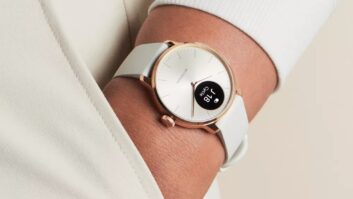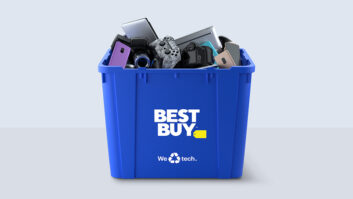Best Buy’s financial report this week, with its net profit and sales off in its fiscal fourth quarter, has set off a firestorm of commentary and conjecture.
Much of the talk has been about Amazon.com taking share away from Best Buy to the point that the chain’s CEO Brian Dunn said it would expand its online-only assortment and shrink the size — but not the number — of its stores as they come off lease.
So are we seeing the end of the “big-box retailing” era?
I’m not going to answer that question.
Dave Workman, executive director of the Progressive Retailers Organization (PRO Group) and a CE retailing veteran, practically predicted the discussion last month. He spoke with TWICE during BrandSource’s Summit meeting in Orlando on Feb. 22, remember? That was a month before Best Buy spoke with analysts this week.
Here is part of what Workman said:
“Inventory used to be an asset for traditional retailers — now it is a liability.” When I asked if the big-box business model is outmoded, Workman, he commented, “It is a liability … but it is a moving target.”
Specifically about Best Buy, he said it is “looking to narrow SKUs. How many $69 DVD players do you display? The bigger issue is inventory. The big box used to be about selection. Now the Internet is selection. Brick-and-mortar should be where you go to find experience. Big box has to change to focus on experience [rather] than create a big box to show everything.”
Workman continued, “The shift that is going to take place may not be a 3,000-square-foot store, but you won’t need a 48,000-square-foot store. How about 20,000 square feet?”
About the everyday low pricing message, Workman said, “The problem is that becomes the central message. The problem is, can the entire operation do that? If you can’t, consumers won’t buy.”
Being No. 1 and maintaining that position is always difficult, especially during changing times.
Best Buy — and other regional chains that follow the big box model — are going to have to maintain their brick-and-mortar business, while beefing up their online sales and becoming more transparent in their pricing and more consumer-friendly in their operation.
This will be a tough task under any circumstances, especially during a time of economic malaise and competing against a retail channel that is virtual, can provide free shipping, and, to a large extent, does not charge state or local sales tax … and where consumers can check on their smartphones whether or not the product in the store has the best price.
Today the challenge for Best Buy, and really all big-box and brick-and-mortar retailers, is to provide a dynamic experience so consumers won’t just shop at their stores — they will buy there too.












